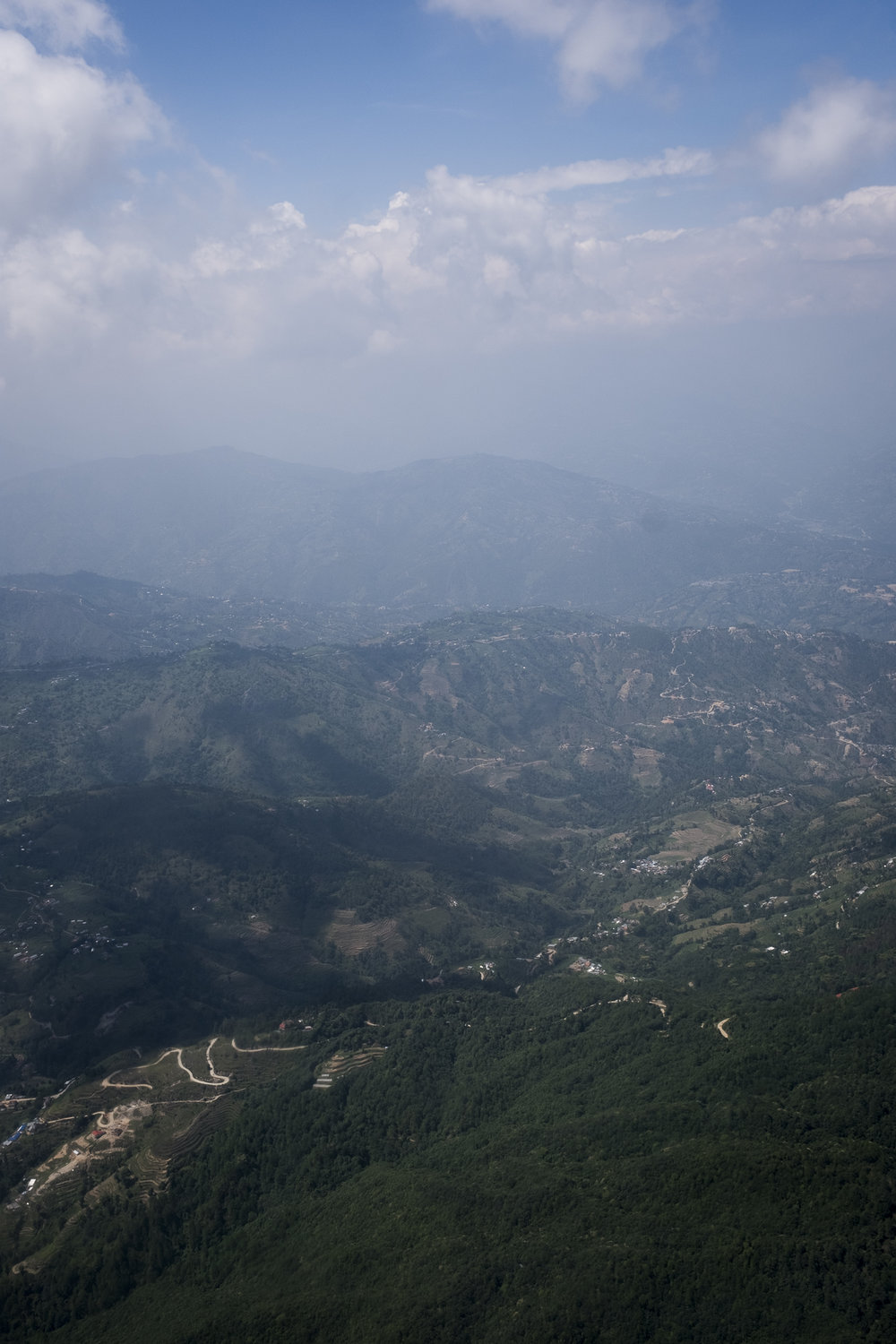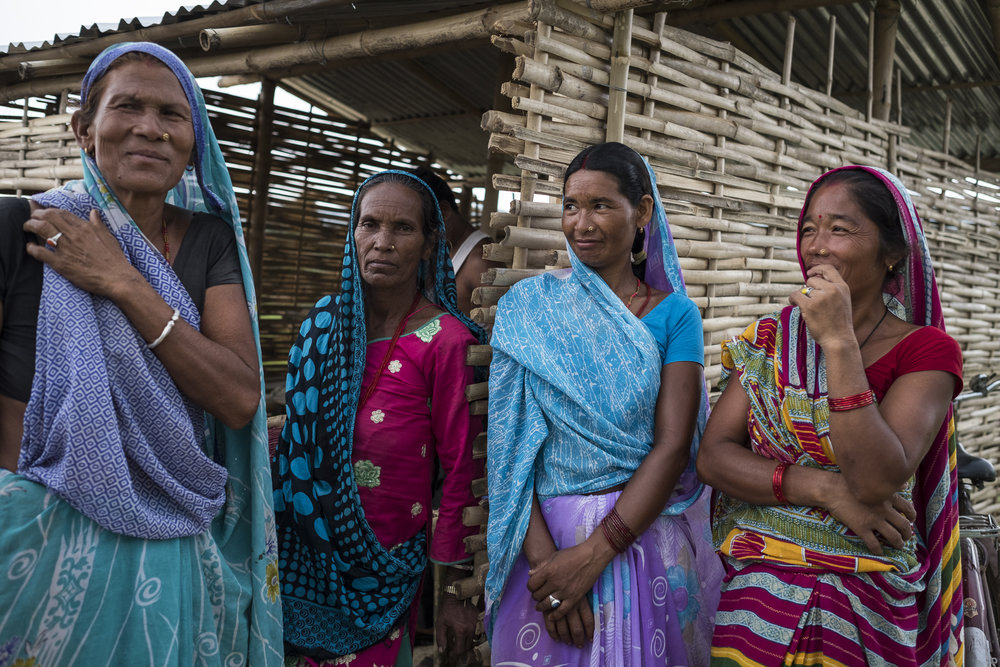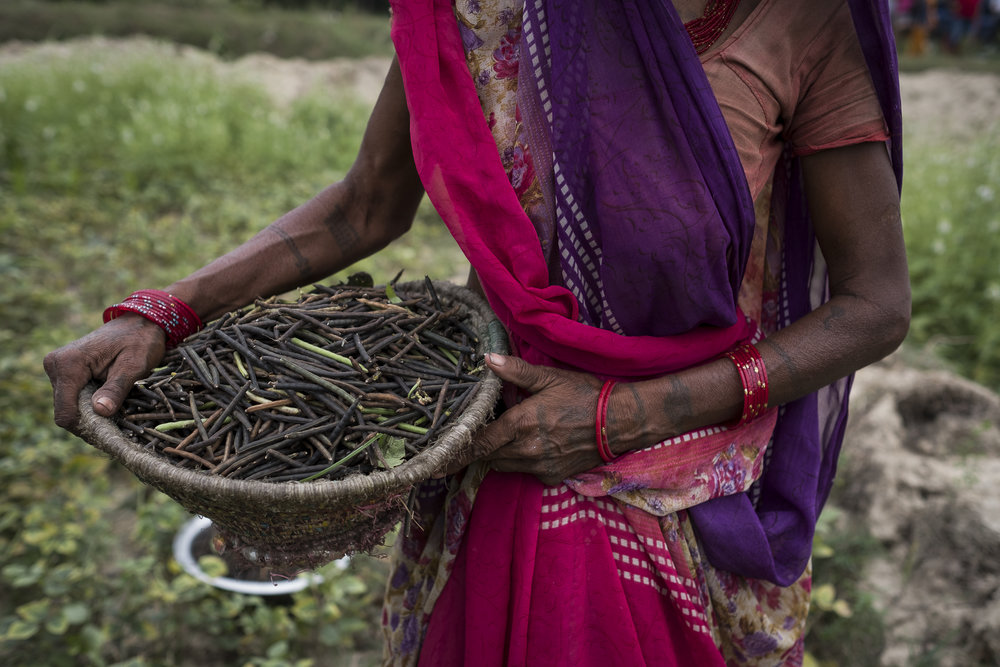Where We Work
We worked across the Eastern Gangetic Plains of India, Nepal and Bangladesh, where some 450 million people live amongst the highest concentration of rural poverty in the world.
Here, food insecurity is exacerbated by a strong dependence on agriculture, competition for energy and water resources, and climate change. Strategies are needed to address issues of food security and which also contribute positively to environmental and social outcomes.
Farming systems
Agricultural systems in the Eastern Gangetic Plains are dominated by a rain-fed rice crop in the kharif (monsoon) season, although it is possible for two kharif crops to be produced (i.e. kharif 1 and 2). The rain-fed kharif crop(s) are followed by an irrigated crop in the rabi (dry) season when farmers have access to irrigation or residual soil moisture.
The main cropping systems differ by location, but are traditionally rice-rice and rice-wheat, with rice-maize a relatively new system in most areas.
The kharif crop is central to household food security in a region where most farming households operate at subsistence level.
Rabi crops in the study areas include wheat, maize, mustard, pulses (lentil, mung bean), jute and leafy vegetables depending on the location and water availability. Rice-wheat and rice-maize are the major cropping patterns.
In Bangladesh, tobacco, potato and mustard are other important crops in the rabi season, while rice, maize, jute, vegetables and pulses are grown in kharif.
In West Bengal mustard, potato, summer rice, maize, pulses, tobacco are planted in the rabi season, with rice, jute, maize and vegetable in kharif. In Bihar, vegetables and potato are planted in the rabi season, with rice, vegetables, maize, mung bean and jute in kharif.
In Nepal, wheat, maize, lentils, vegetables and potato are planted in the rabi season, with rice, maize, mung bean and vegetables in kharif.
Cropping intensity is highly variable across the EGP, ranging from 180 – 247% at the district level. This is coupled with low productivity and limited diversification due to a range of interacting factors including limited market access; sparse agricultural knowledge and service networks; and inadequate development of water resources (whether due to physical infrastructure or economic barriers to pumping).
Mechanisation is similarly limited to mostly diesel irrigation pumps, and 2- and 4-wheel tractors for farm operations. Thus, there is significant scope to improve the sustainable productivity of these systems.

Socio-economic settings

Socio-economic settings
Landholding size in the region is small even by South Asian standards; average land size is just 0.6 ha, and this is often highly fragmented with as many as nine plots scattered in many places in some cases. Property rights are poorly defined in most parts of the region, including laws related to share cropping.
Sharecroppers are registered in West Bengal, and therefore enjoy a somewhat better status. Most smallholders have food sufficiency for less than ten months, with a relatively high proportion food sufficient for less than six months, resulting in most farmers being marginal or subsistence level farmers.
Resource availability
Overall, the EGP differs from much of the rest of India, Nepal and Bangladesh in that rainfall is high, and water resources are under developed.
Surface water is abundant in the summer monsoon, and scarce in the winter season.
Even by South Asian standards, farm sizes in the EGP are low at around 0.6 ha per household. Fragmentation further impacts on efficiency and thus productivity. For these small landholdings, intensification is key to maximizing profitability.
In a groundwater dominated region like the EGP, access to affordable and sustainable energy resources is vital for increasing levels of irrigation.
